7 Overrated Beach Towns In The U.S.+ 8 More That Do Not Belong On Your Bucket List
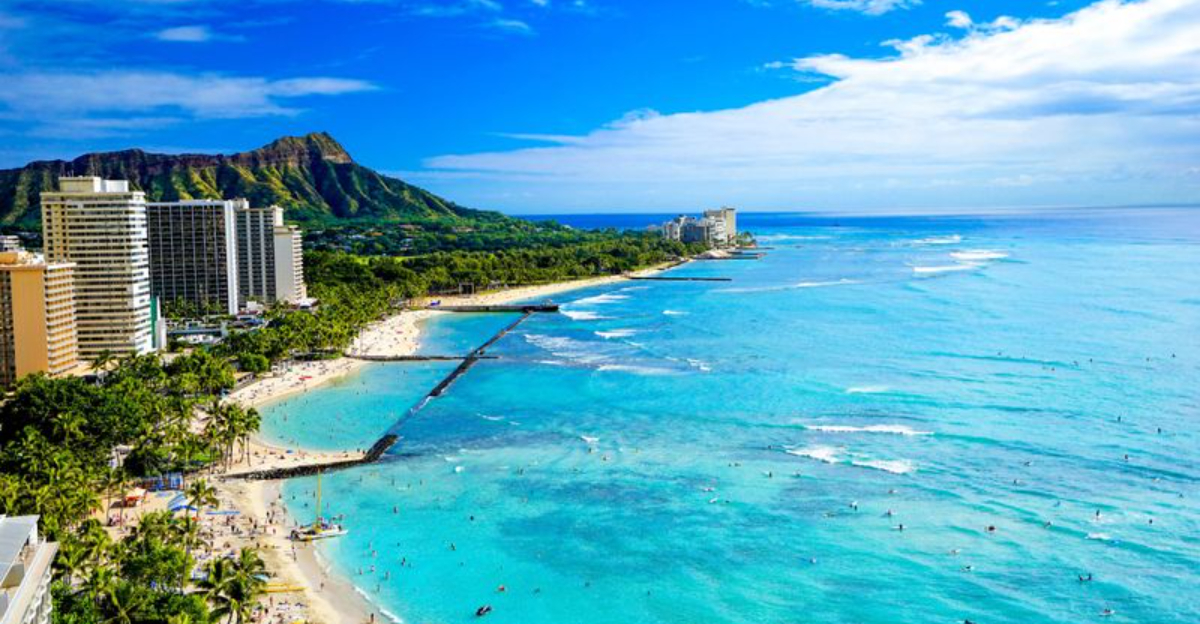
Ever dreamed of the perfect beach getaway only to arrive and wonder what all the fuss was about? Not every sandy shore lives up to its Instagram hype or travel magazine glory.
Some popular coastal destinations charge premium prices for mediocre experiences, while others are so crowded you can barely see the ocean between the beach umbrellas. Let’s explore which American beach towns might not deserve their spots on your vacation wishlist.
1. Myrtle Beach, South Carolina
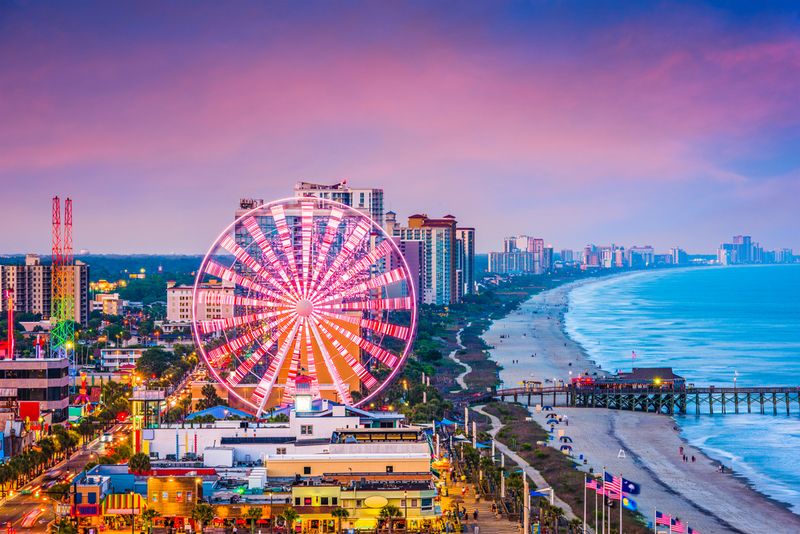
Crowds swarm like seagulls after a dropped french fry during peak season. The water quality often leaves much to be desired, with frequent advisories that might make you think twice before diving in.
Myrtle Beach has become less about natural beauty and more about commercial attractions. Mini-golf courses and t-shirt shops have overtaken the coastline, creating a carnival atmosphere rather than a peaceful beach retreat.
2. Panama City Beach, Florida
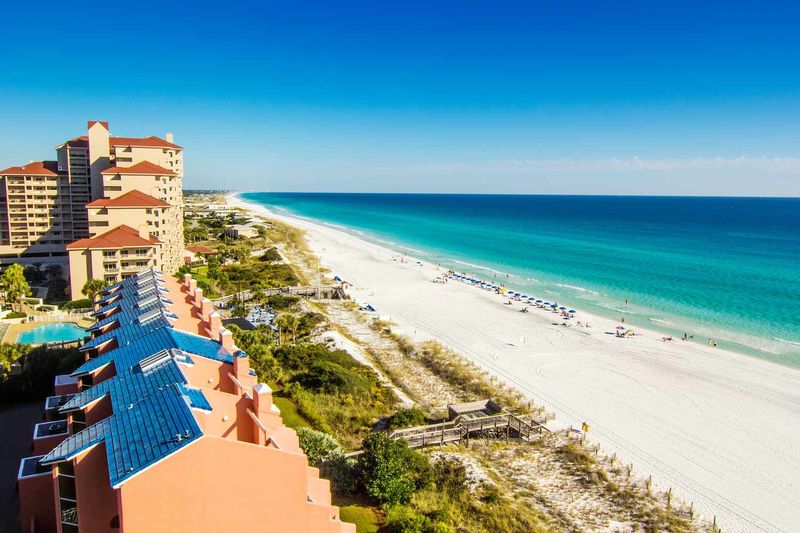
Spring break central transforms this Gulf Coast spot into a chaotic party zone for weeks. Hotel prices skyrocket while service quality plummets, creating a perfect storm of vacation disappointment.
The beach struggles with identity issues – trying to be family-friendly while simultaneously catering to the college crowd. The result is a confused atmosphere where neither group feels particularly welcome or comfortable.
3. Atlantic City, New Jersey
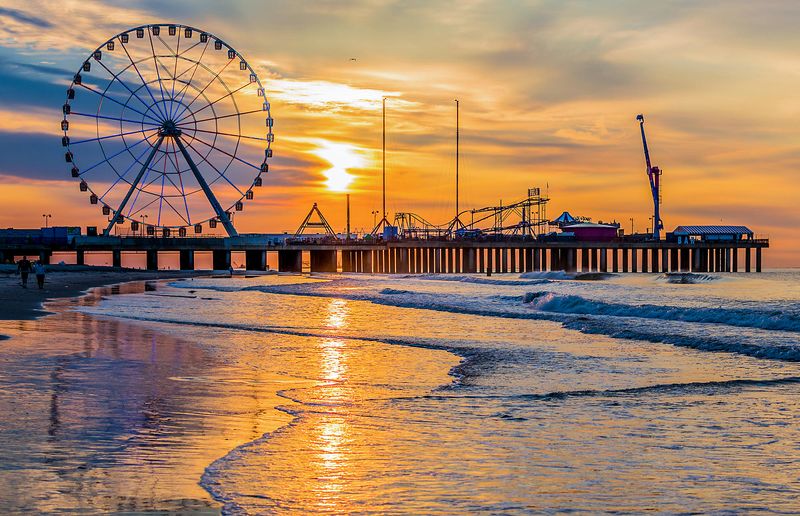
Faded glamour defines this once-glittering destination. The boardwalk offers glimpses of former glory days between stretches of shuttered businesses and neglected infrastructure.
Atlantic City beaches play second fiddle to the casinos, which themselves have seen better days. Many visitors leave feeling they’ve gambled on the wrong vacation spot, with dirty beaches and a gritty atmosphere that doesn’t match the relaxing coastal vibe promised in brochures.
4. Old Orchard Beach, Maine

Frigid waters greet even the bravest swimmers at this northern beach town. The short summer season creates a crush of visitors all trying to enjoy the same limited warm weeks.
Old Orchard Beach centers around an aging pier and amusement area that feels trapped in time – and not in a charming way. Food options tend toward greasy fair fare, leaving visitors longing for authentic Maine seafood experiences available in less touristy coastal towns.
5. Hampton Beach, New Hampshire
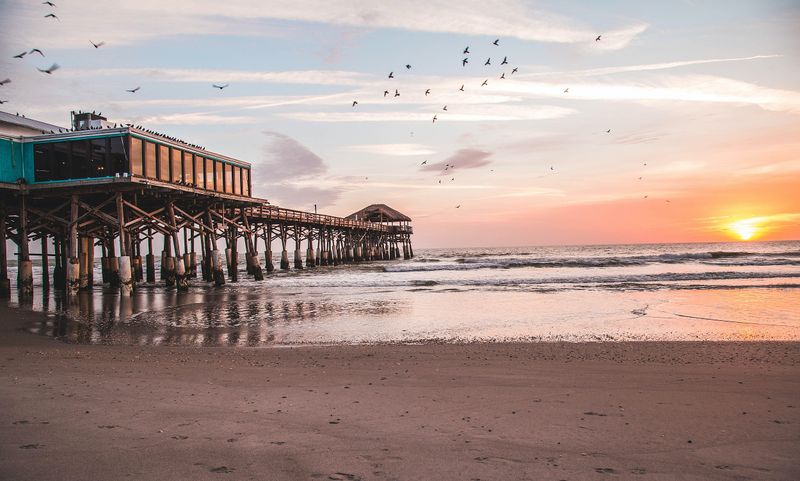
Parking nightmares await visitors before they even reach the sand. Hampton Beach comes at premium prices during summer months, with some lots charging upwards of $40 for a day at the beach.
It suffers from overdevelopment along its main strip. Tacky souvenir shops and dated motels dominate the landscape. The water quality has improved in recent years, but this spot still feels more like a tourist trap than a genuine New England coastal gem.
6. Daytona Beach, Florida
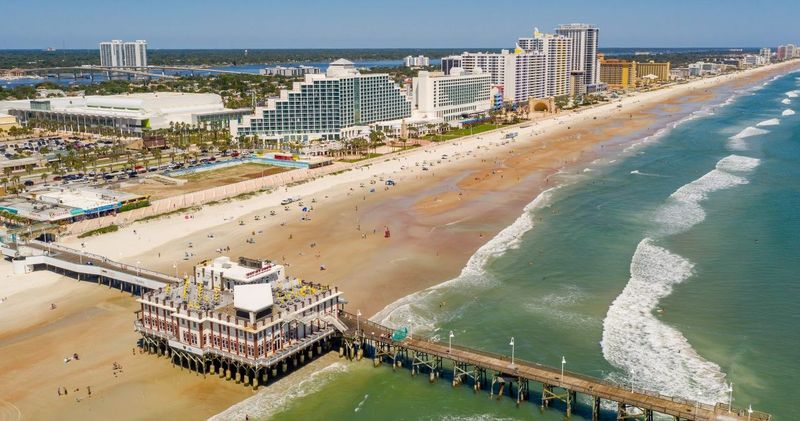
Cars driving directly on the sand create a bizarre beach-highway hybrid experience. The constant rumble of engines drowns out the natural sounds of waves and seabirds that beach-lovers typically seek.
Daytona Beach gained fame for spring break revelry and NASCAR, not for pristine shorelines. The area’s reputation for wild parties has faded, but what’s left is a somewhat worn-down beach town struggling to find its new identity while clinging to fading traditions.
7. Ocean City, Maryland
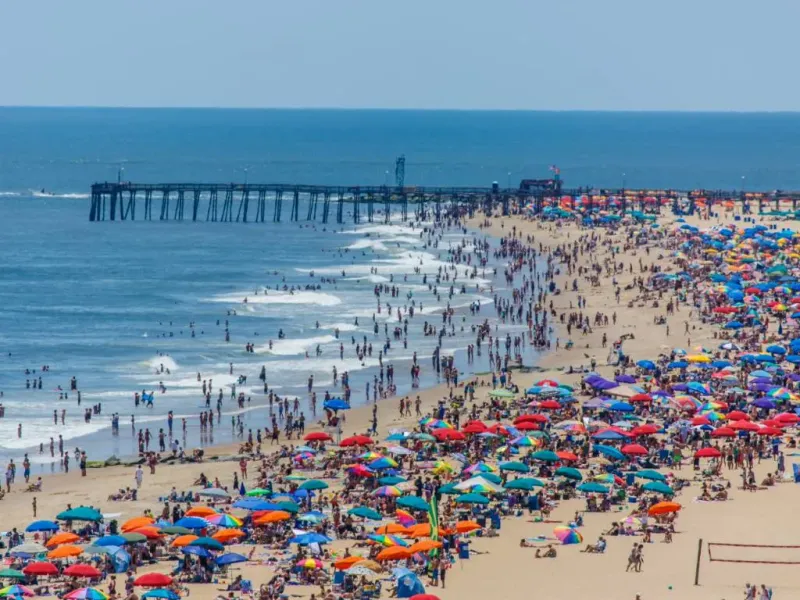
Traffic jams stretch for miles during summer weekends. The main coastal highway becomes a parking lot of frustrated travelers who spend hours of precious vacation time just trying to reach their destination.
Ocean City suffers from extreme seasonality issues. The boardwalk area transforms from ghost town to human gridlock depending on the month. Restaurants and attractions often seem staffed by overwhelmed seasonal workers, resulting in inconsistent experiences even at premium prices.
8. Virginia Beach, Virginia
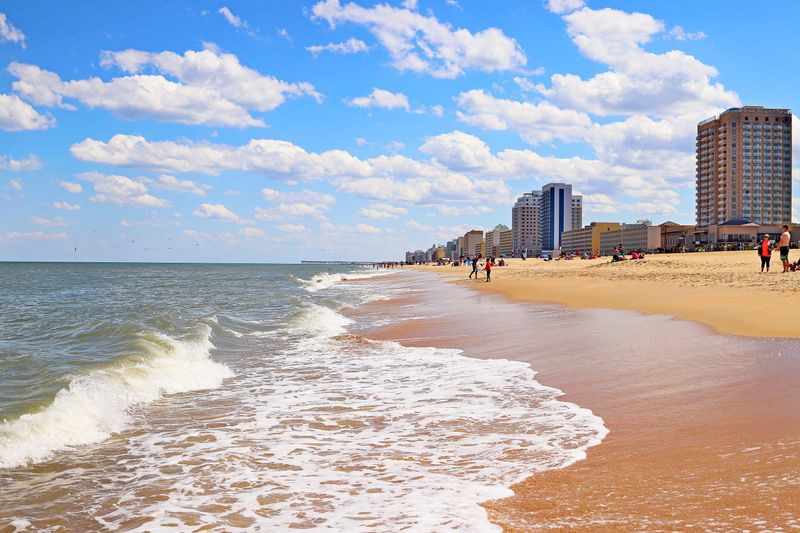
Military jets regularly roar overhead from the nearby Naval Air Station. The constant noise pollution shatters any hope of peaceful Virginia Beach relaxation that visitors might have expected.
It stretches along a heavily developed oceanfront strip. High-rise hotels create shadows on the beach by early afternoon. While the boardwalk is well-maintained, the commercialization and crowds during summer months make it feel more like an urban park than a beach getaway.
9. Galveston, Texas

Murky brown water greets swimmers due to Mississippi River sediment. The disappointing water color and quality come as a shock to first-time visitors expecting Caribbean-blue Gulf waters they’ve seen in other parts of Florida.
Galveston beaches often contain visible tar balls and debris. Hurricane damage has repeatedly hit the island, and while rebuilding efforts continue, some areas still show signs of past storms. The industrial backdrop of shipping channels nearby doesn’t help the overall aesthetic.
10. Wildwood, New Jersey
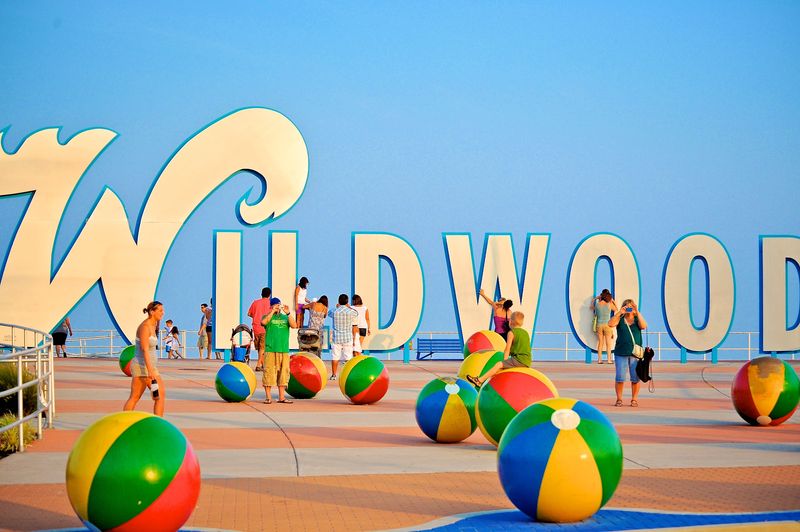
Marathon walks to reach the actual water await beachgoers. The exceptionally wide Wildwood beaches mean you’ll trek across vast stretches of hot sand before your toes touch the Atlantic – not ideal for families with young children or anyone carrying beach gear.
The famouos boardwalk bombards visitors with sensory overload. Blaring music, carnival barkers, and the screams from amusement rides create a frenetic atmosphere. The dated motels, while retaining kitschy charm, often fail to deliver comfortable accommodations despite their increasingly premium prices.
11. Santa Cruz, California

Fog blankets the coast for much of the summer season. Visitors often arrive in shorts and t-shirts only to shiver in the cool mist while searching for sweatshirts at overpriced gift shops. Santa Cruz beaches disappoint with frigid Pacific waters rarely warm enough for comfortable swimming.
The renowned boardwalk amusement area creates carnival chaos rather than coastal tranquility. Parking challenges and crowds from nearby Bay Area day-trippers further complicate what should be a relaxing beach experience.
12. Waikiki Beach, Hawaii
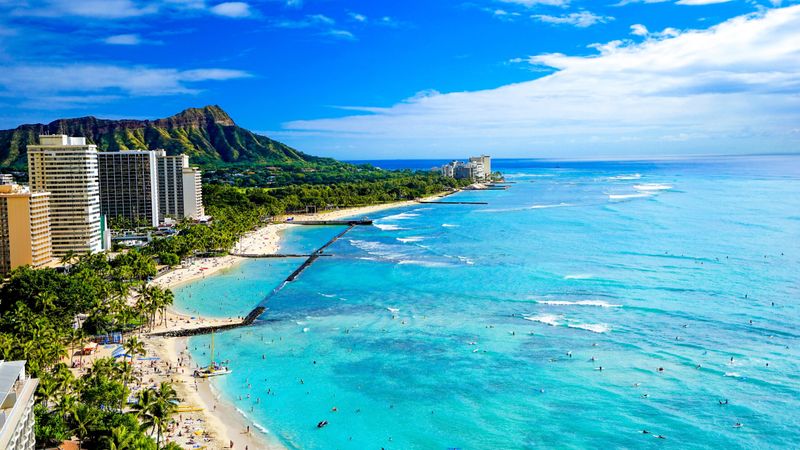
Wall-to-wall tourists create a human carpet on this famous but tiny strip of sand. Finding space to place your beach towel becomes a competitive sport requiring early morning commitment. Waikiki has sacrificed authentic Hawaiian culture for commercial tourism.
High-rise hotels block mountain views and cast shadows on the beach. While the water remains beautiful, the natural paradise feeling that Hawaii promises exists primarily in carefully cropped Instagram photos rather than the actual overcrowded reality.
13. Coney Island, New York

Urban beaches come with urban problems at this historic but troubled spot. Litter often dots the sand despite cleanup efforts, and water quality concerns persist after heavy rains. Coney Island struggles with its rough-around-the-edges reputation.
The amusement area maintains a certain gritty charm, but the beach itself rarely delivers the relaxing coastal experience visitors hope for. The subway accessibility that makes it convenient also ensures it’s never peaceful, especially on hot summer days.
14. Gulf Shores, Alabama

Hurricane season anxiety looms over vacation planning. The region’s vulnerability to storms means visitors might face last-minute cancellations or arrive to find beaches in recovery mode from recent weather events. Gulf Shores has seen rapid overdevelopment in recent years.
Concrete condos now dominate what was once a more natural coastline. While the white sand beaches remain beautiful, the increasing commercialization and summer crowds have diminished the once-relaxed atmosphere that made this spot special.
15. Seaside Heights, New Jersey
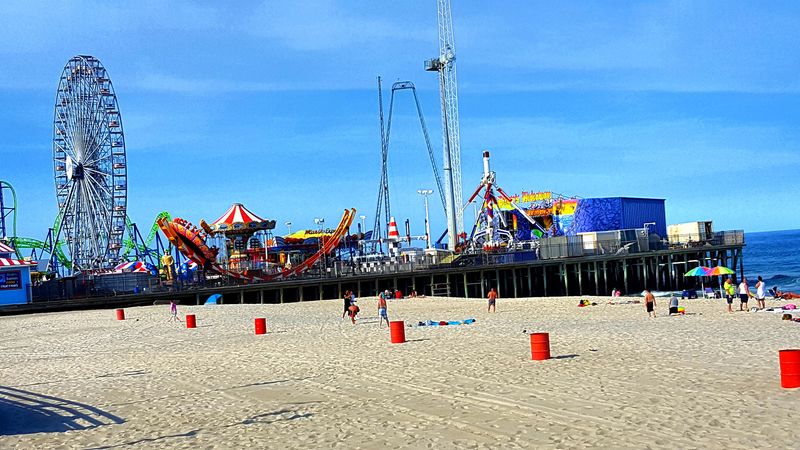
Reality TV fame brought notoriety rather than tourism benefits. The lingering association with the “Jersey Shore” show created an unflattering party reputation that the town still struggles to shake.
Seaside Heights faced devastating damage from Hurricane Sandy. While rebuilding efforts have made progress, some areas still haven’t fully recovered. The combination of boardwalk amusements, dense housing, and limited beach space creates a chaotic atmosphere during peak summer weekends.
